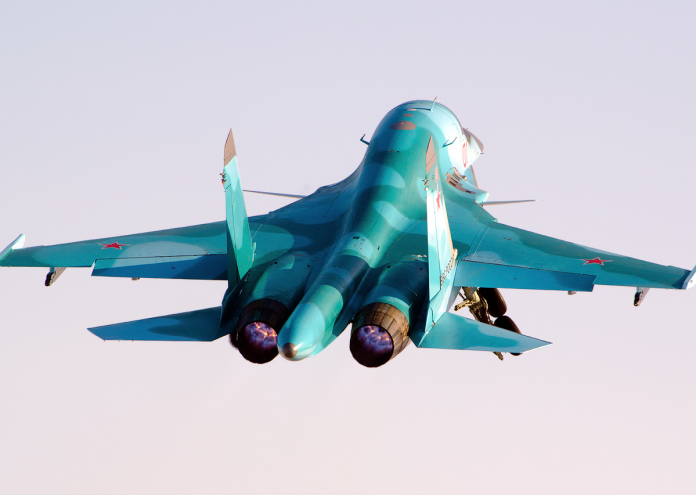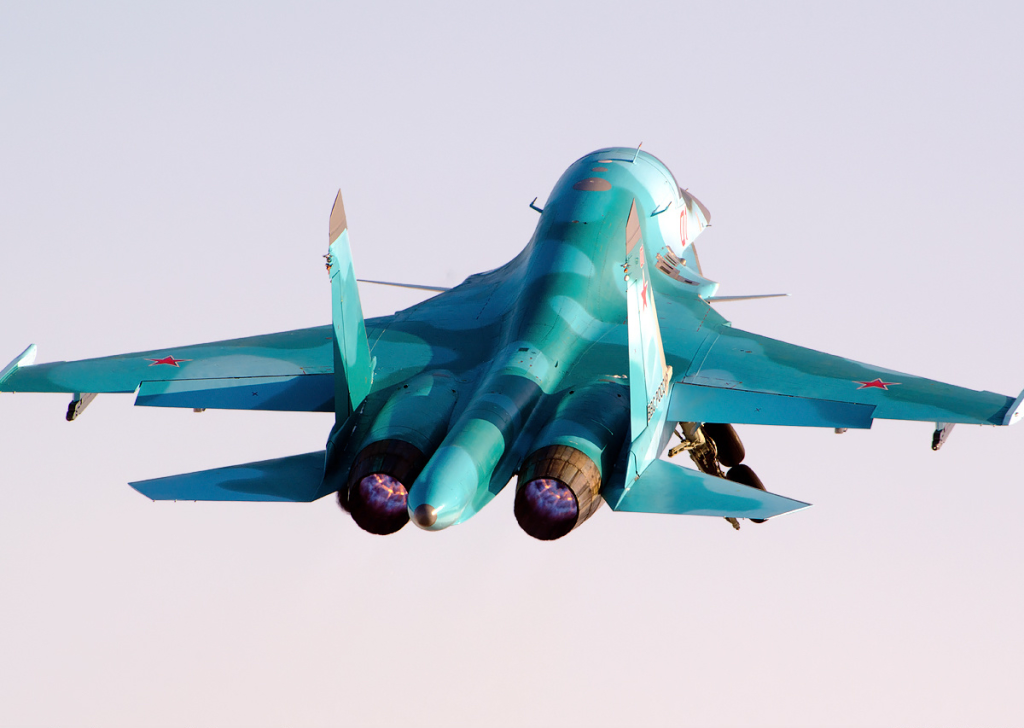
“Speed is the new armour,” a mantra oft parroted in contemporary air warfare communities, took on new relevance on October 20, 2025, as Russia publicly displayed a jet-powered glide bomb during combat over Ukraine’s Poltava Oblast. This represented a significant leap forward in the Kremlin’s air strike capabilities, filling the void between old-fashioned inertial glide munitions and powered standoff systems.

The Belgorod region strike, more than 120 kilometres away, was not an aberration but one of a new trend in Russian aerial development. Since the last two years, Moscow has been progressively modifying its Soviet-era bombs’ inventories by adding guidance kits, extended-range wings, and now propulsion systems to try to outrun Ukrainian air defences and deliver heavier payloads deeper into contested regions.
For observers of defence technology, this development poses some key questions: What was actually changed? How does it compare with current Russian and Western systems? And what tactical benefits does it bring to the current war? The subsequent sections analyse the technical, operational, and strategic aspects of Russia’s new glide bomb variant.
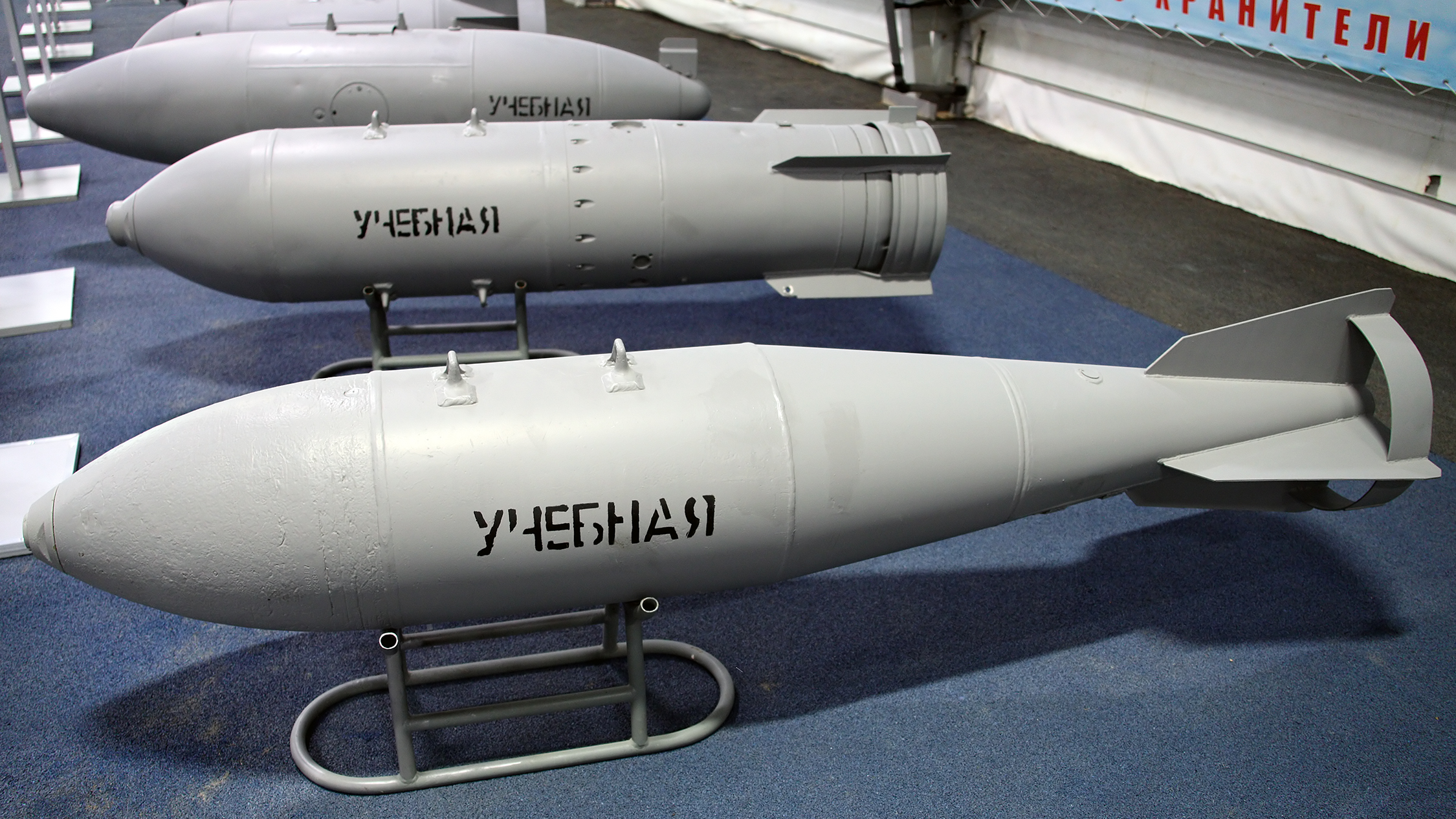
1. FAB-500 Base with Jet Propulsion
Kharkiv Prosecutor’s Office investigators verified the munition’s centre was a high-explosive FAB-500 aerial bomb, approximately 500 kg in weight and containing more than 200 kg of explosive filling. The upgrade included installing a tail section and jet engine, something deviating from typical UMPK glide kits that only utilize aerodynamic lift. Spartak Borysenko mentioned that powered flight maintains speed high along the trajectory, in contrast to inertial glide bombs whose speed decreases after they are released. This would possibly enhance penetration capacity against hardened targets and lower reaction time for the defenders.
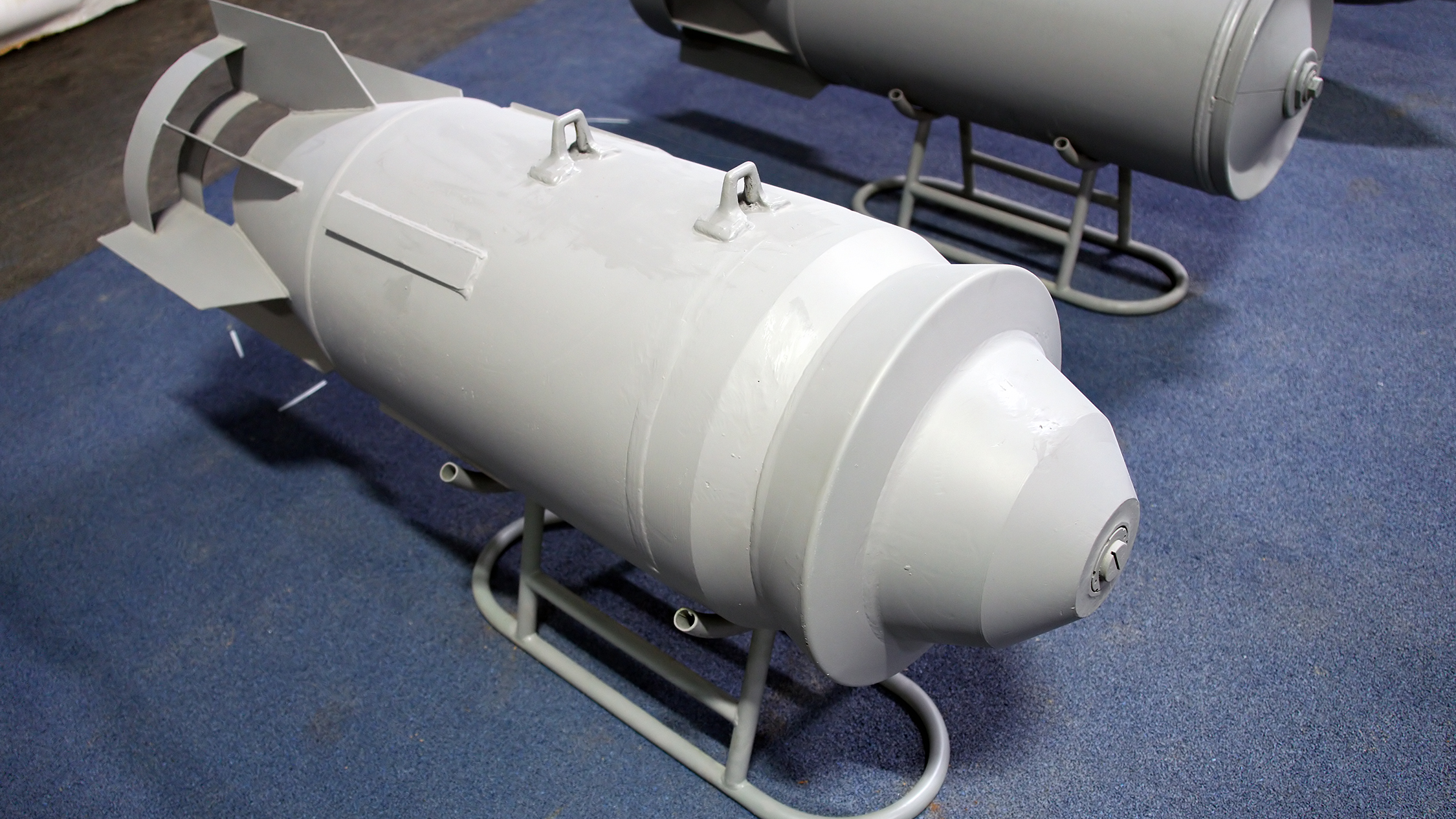
2. Increased Standoff from Belgorod
From Belgorod into Poltava Oblast meant flying over over 120 km of disputed airspace. Classic UMPK-fitted FAB-500s have 40–80 km range at varying altitudes. Propulsion addition would probably extend effective range to over 100 km without the need for extreme release altitudes, keeping Russian aircraft farther out of Ukrainian medium-range SAM envelopes while still being able to engage deep targets.
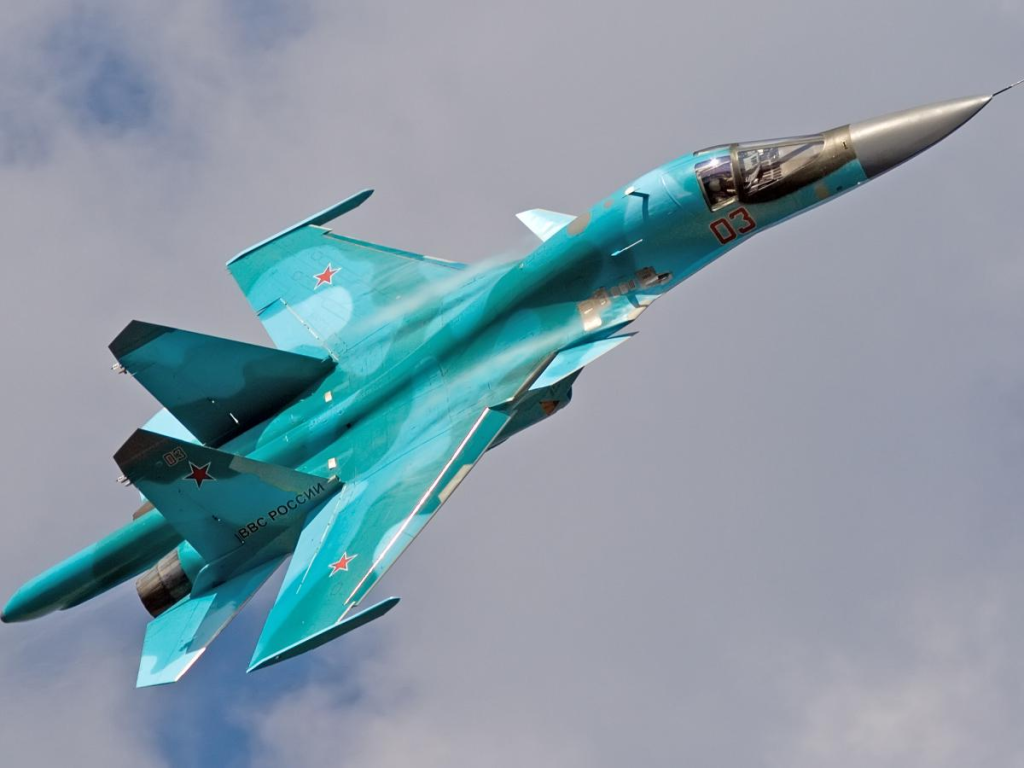
3. Comparison with Grom-E1 Boosted Glide Bomb
The jet-powered FAB-500 idea follows the Grom-E1, a two-stage solid-fueled rocket deploying to 10–120 km range with a 315 kg warhead. Although the Grom-E1 is specifically designed with fold wings and accurate guidance, the jet-powered FAB-500 is a retrofit of current stockpiles. This retrofit solution capitalizes on vast supplies of Soviet-era bombs, which could reduce unit cost below production of new guided missiles.

4. Tactical Role in Recent Strikes
Russian forces tested the jet-powered variant in Mykolaiv on October 16 and used it again in Lozova on October 18, damaging civilian structures and injuring five people. These attacks suggest the weapon is already in operational rotation, not merely experimental. The greater speed and longer range provide for attacks on city or fortified targets without putting launch aircraft at risk of frontline air defense, conforming to Russia’s larger trend of employing heavy ordnance to break up defensive positions prior to ground attacks.
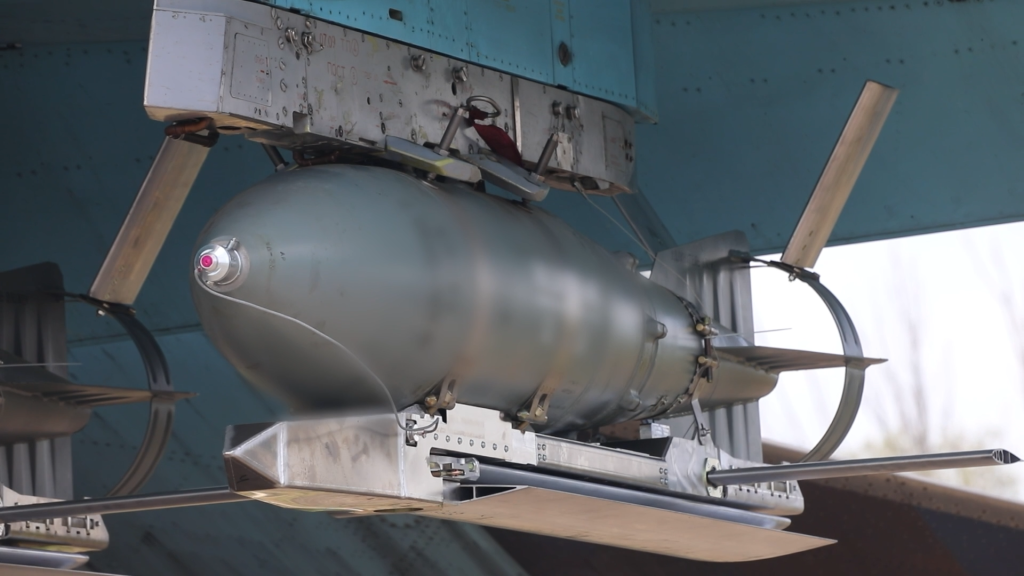
5. Fitting into Existing Glide Bomb Doctrine
Since 2023, Russian UMPK kits have converted FAB-series bombs into standoff weapons, with an average of 80 sorties a day during the Avdiivka battle. The jet-powered variant extends this doctrine, adding thrust to the proven wing-and-guidance combination. This would enable Russian pilots to deliver from safer altitudes and ranges, or hit targets deeper in Ukraine’s rear, in support of unguided but winged FABs delivered in large quantities for area bombardment.

6. Possible Control and Guidance Systems
Although details are still being explored, the control module would most probably incorporate a Kometa-M GNSS unit with its reputation for jam resistance and steering surfaces on the tail. The powered flight profile requires more capable guidance to cope with higher velocities and greater ranges. If based on UMPK-PD extended-range kits, longer wings and strengthened attachment points would be required to bear aerodynamic loads of prolonged propulsion.
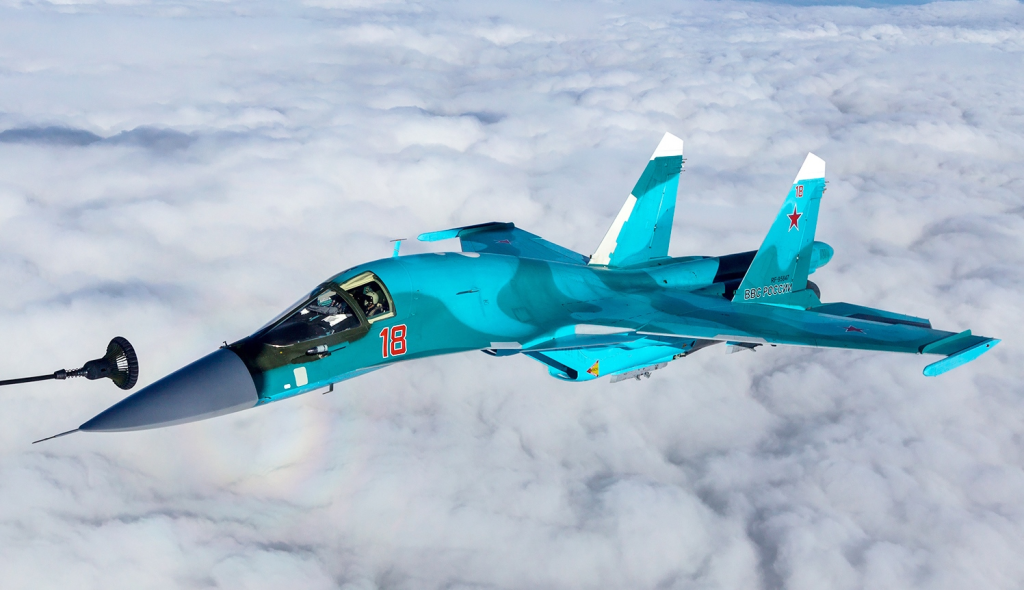
7. Strategic Implications for Ukrainian Air Defense
It is difficult to intercept powered glide bombs in flight because they are so fast and numerous. As Prof. Justin Bronk noted of glide munitions, defending against massed standoff attacks threatens to burn through interceptor inventories too rapidly. The logical response is targeting launch platforms Su-34s or other strike planes while they are airborne or based. Political constraints on employing some Western-supplied equipment within Russia reduce Ukrainian capabilities, however, so the development of native long-range strike capabilities becomes all the more essential.
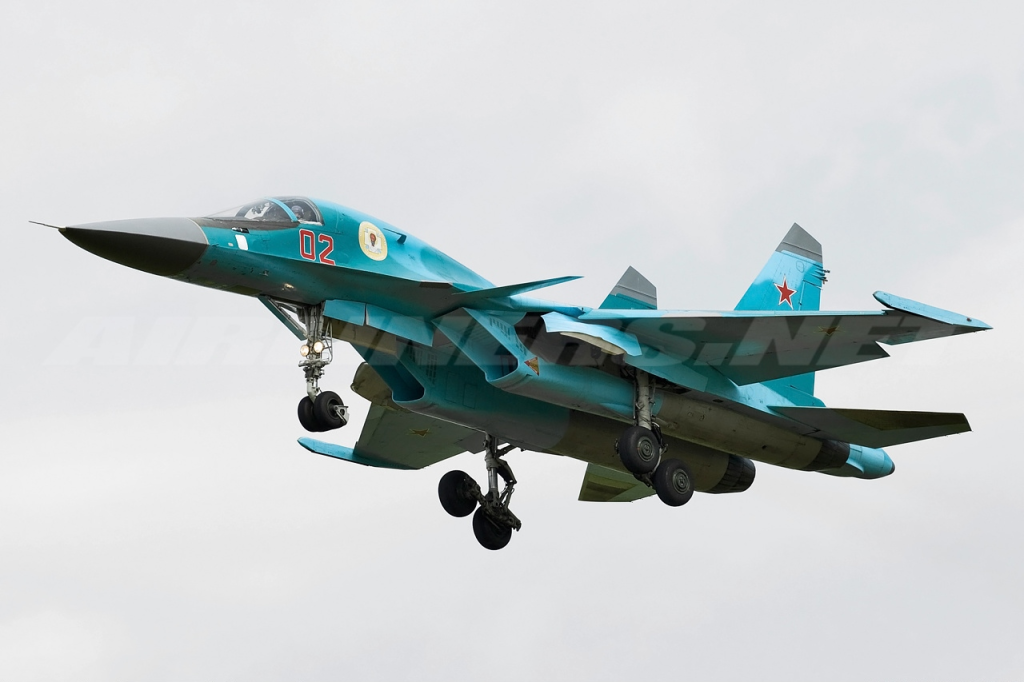
Russia’s introduction of a powered FAB-500 glide bomb is a major technical development in its air-to-surface capabilities, marshaling the economic appeal of repurposed Soviet munitions with the increased range of powered projectiles. For Ukraine, it highlights the need to adapt air defense tactics in response to quicker, longer-range dangers, and for military commentators, it is a test case in how incremental updates can make large-scale tactical differences in contemporary high-risk operations.
